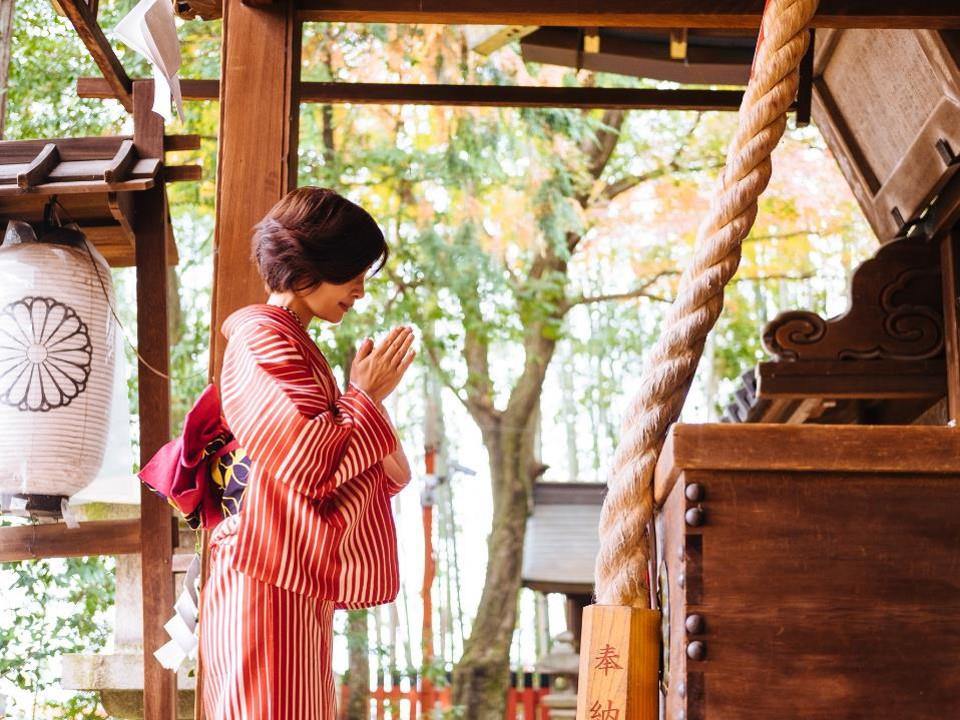
The Basics of Shrine Visiting! Must-Know Information and Some Recommended Shrines in Japan
Last update
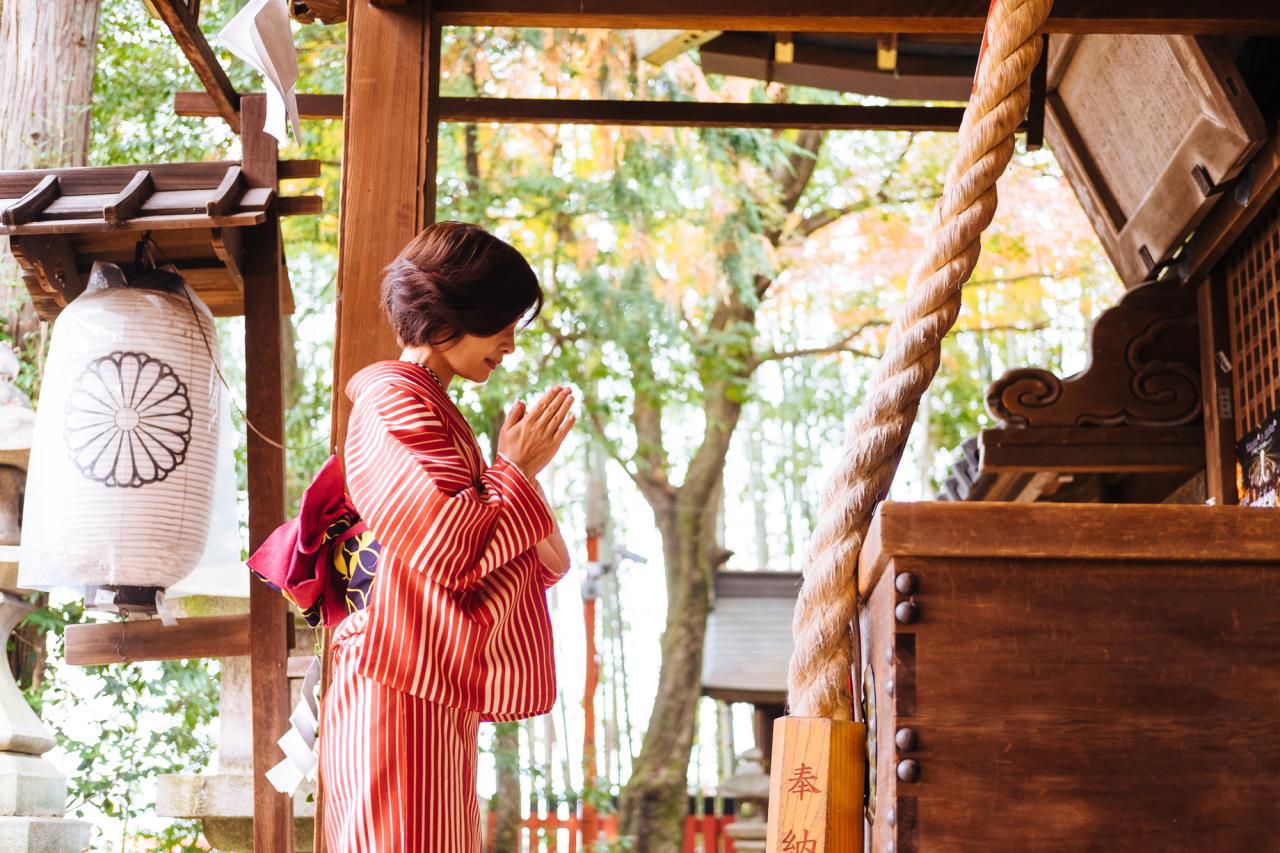
Japanese shrines are appealing sightseeing spots visited by many tourists. When visiting shrines, which are places of worship, we recommend you gain an understanding of basic manners and etiquette. This article will introduce some useful knowledge about three famous shrines!
What is a Japanese Shrine?
Shrines are facilities dedicated to the deities of Shinto, a traditional religion of Japan. There are said to be as many as 85,000 shrines in Japan, which attract the worship of countless believers. On top of this, Shinto shrines bearing long histories are very popular sightseeing spots. In this way, shrines have two faces—the sacred and the secular—and are an essential presence in Japanese life and culture.
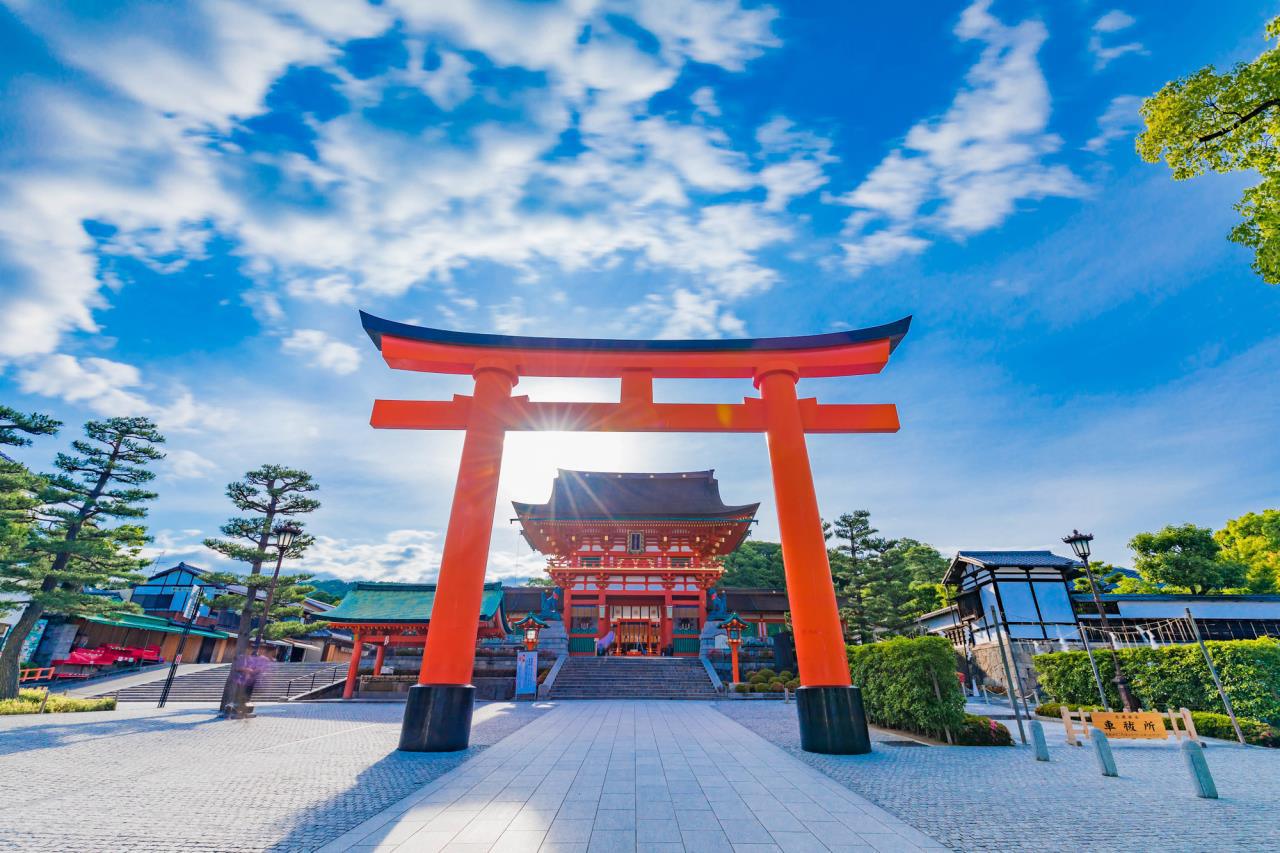
Rules for Visiting and Worshiping
When walking on sidewalks in the shrine, avoid walking in the center wherever possible because the center is considered to be the path along which the deities pass.
As you walk along the approach to the shrine, you will find a ritual water basin where water ladles are placed. Rinse your hands and mouth here before heading to worship. At the water basin, first hold the ladle with your right hand and draw some water, then pour a little water on your left hand to purify it. Then switch the ladle to your left hand and clean your right hand. Next, switch the ladle to your right hand again and rinse your mouth lightly with some water poured into your left palm. Stand up the ladle with any last remaining water, pour water over the handle to clean it, then return it to its original location.
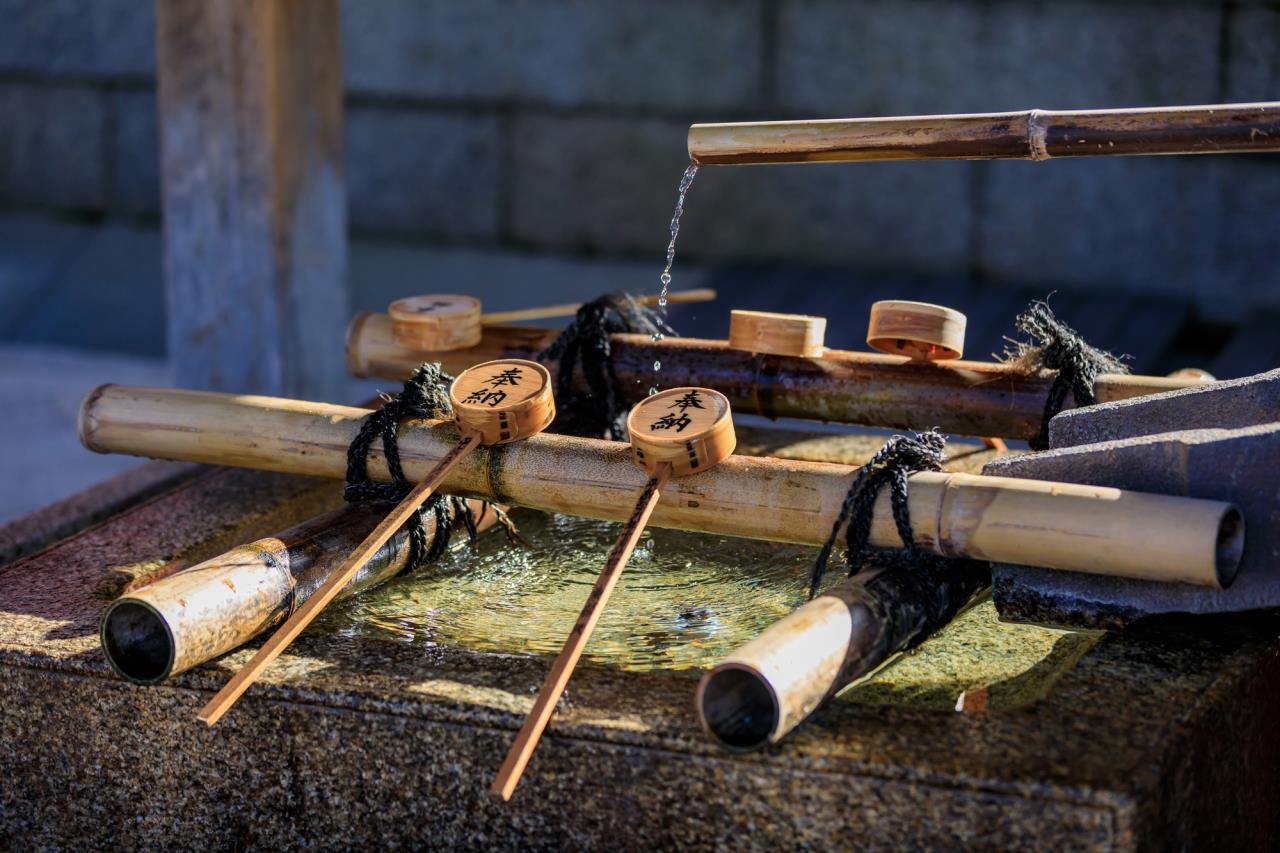
【URL】 (Image source URL)
In front of the worship hall, there will be a donation box. Stand in front of it and insert some coins. It is common to put in 5 yen or 10 yen for luck. After that, bow twice deeply, join your hands together in front of your chest, extend them out to shoulder width, then clap your hands twice, lower both hands, and bow deeply once to finish. This etiquette is called nirei-nihakushu-ichirei (“two bows, two claps, one bow”).

Shrine Seals and Good Luck Charms
Seals bearing the name of the shrine or the name of its venerated deity, etc. are known as goshuin. Many people visit shrines around the nation and collect these seals in notebooks called goshuin-cho. Collecting goshuin is a major point of appeal for shrine visits.
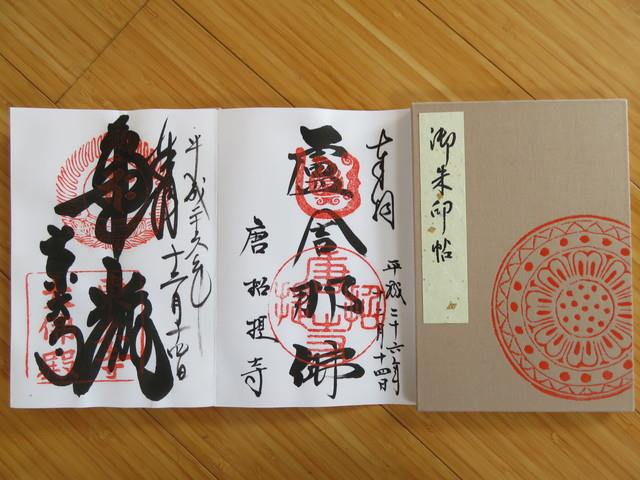
Many shrines sell o-mamori, which are amulets and good luck charms for worshipers. These o-mamori are intended to impart various benefits such as health, traffic safety, and academic achievement. Why not buy one to pray for your loved ones?
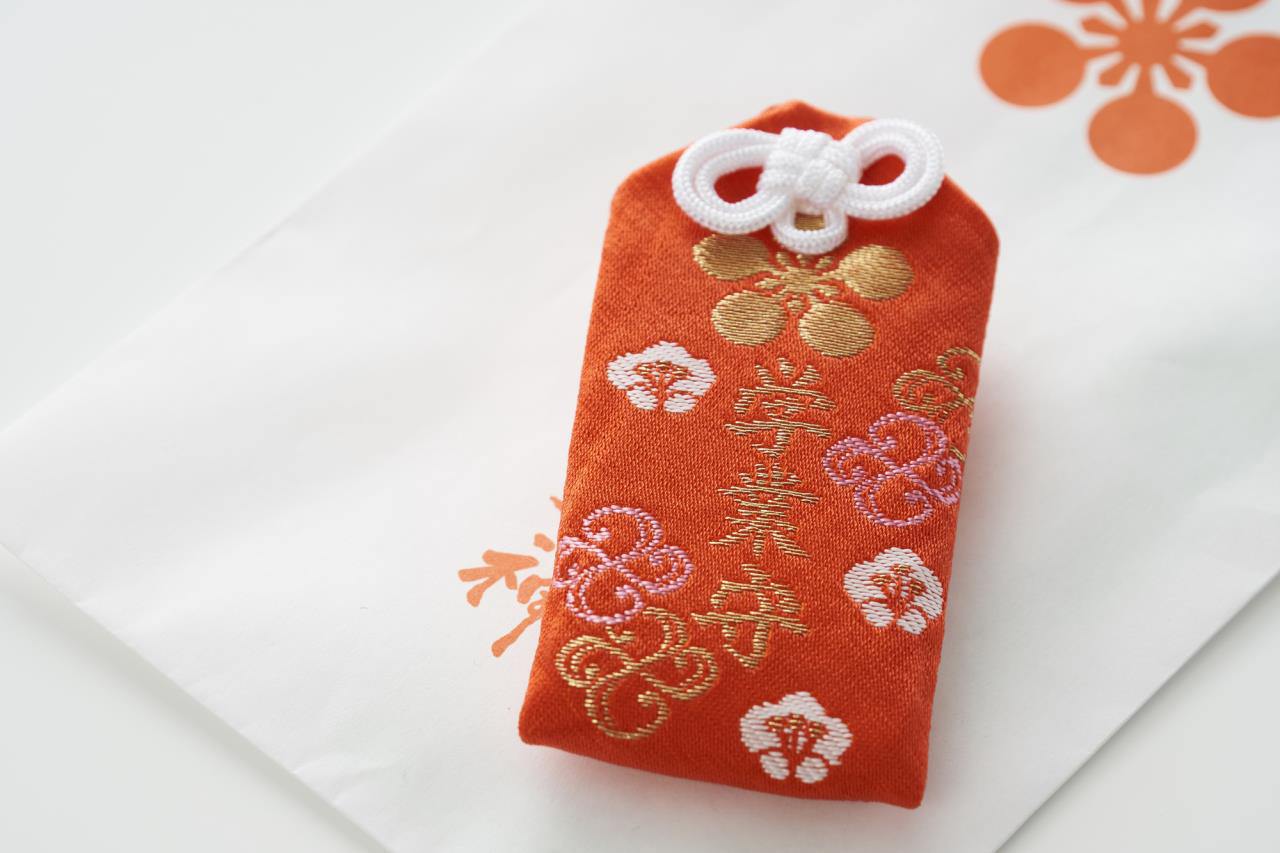
Shrines to Visit in the Kansai Region
【Mie】 Ise Shrine
Ise Shrine is one of the most famous shrines in Japan. Under its formal name Jingu, its history is said to extend back 2000 years. The shrine grounds are divided into the Naiku (inner) and Geku (outer) precincts, with each approach having its own souvenir shops, restaurants, and more.
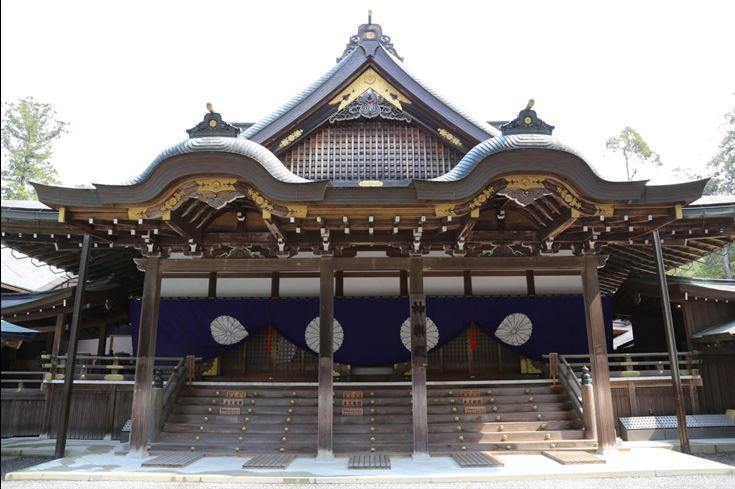
【Facility name】 Ise Shrine
【Opening hours】 5:00 am - 6:00 pm (May - August: 5:00 am - 7:00 pm, October - December: 5:00 am - 5:00 pm)
【Days Closed】 Open every day
【Price】 Free of charge
【URL】
Official website
【Street address】 1 Ujitachi-cho, Ise-shi, Mie
【Google Map URL】 GoogleMap
【Kyoto】 Fushimi Inari Taisha Shrine
Here is the headquarters of Inari-san, a deity who sends foxes as messengers. Japan is said to be home to around 30,000 Inari shrines. Worshipers here are said to benefit from fertile harvests and prosperity in business. It is also famous for the Senbon Torii path, lined by countless vermillion-red torii (shrine gates).
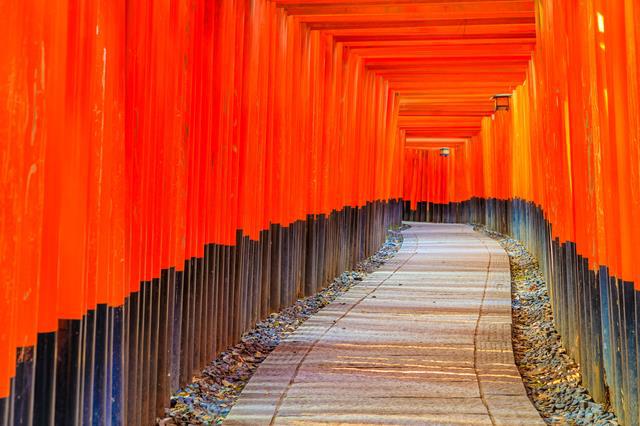
【Facility name】 Fushimi Inari Taisha Shrine
【Opening hours】 Shrine precincts can be entered freely
【Days Closed】 Open every day
【Price】 Free of charge
【URL】
Official website
【Street address】 68 Fukakusa Yabunouchi-cho, Fushimi-ku, Kyoto
【Google Map URL】 GoogleMap
【Wakayama】 Kumano Hayatama Taisha Shrine
Kumano Hayatama Taisha is a prestigious shrine known as one of the three Kumano mountain shrines, along with Kumano Hongu Taisha and Kumano Nachi Taisha. It is also known for making up part of the Sacred Sites and Pilgrimage Routes in the Kii Mountain Range, a UNESCO World Heritage Site. The giant nagi conifer tree that stands in the shrine grounds, said to be 1000 years old, is also famous.
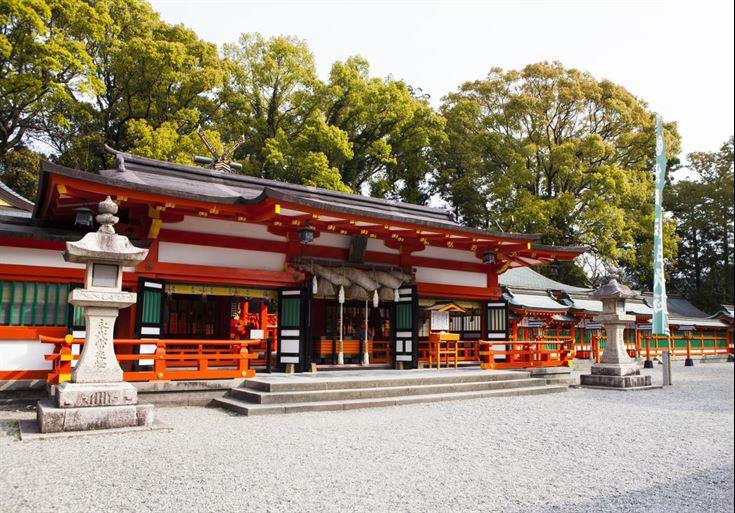
【Facility name】 Kumano Hayatama Taisha Shrine
【Opening hours】 Sunrise - sunset (Goshuin office open from 8:00 am - 5:00 pm)
【Days Closed】 Open every day
【Price】 Free of charge
【URL】
Official website (Japanese only)
【Street address】 1 Shingu, Shingu-shi, Wakayama
【Google Map URL】 GoogleMap
Shrines are sacred sites where deities are worshiped, as well as open places where people gather and interact. Feel free to visit, but be sure to observe proper manners and etiquette.
Check also...
![Take a leisurely stroll in the retro and fashionable space [Kuroe, the town of Kishu lacquerware]](/kansaiguide/data/article/21000/20278/20250618_133123_770e1e88_w640.webp)
Take a leisurely stroll in the retro and fashionable space [Kuroe, the town of Kishu lacquerware]

Consider your accommodation in the Kansai area!

Restrictions on Large Baggage

Hidden Stories in Stone: Exploring Japan’s Castle Walls

Feel Like a Lord: Castle with Stunning Panorama Views

Experience the True Essence of Japan through Castles, Cultural Treasures, and Timeless Gardens
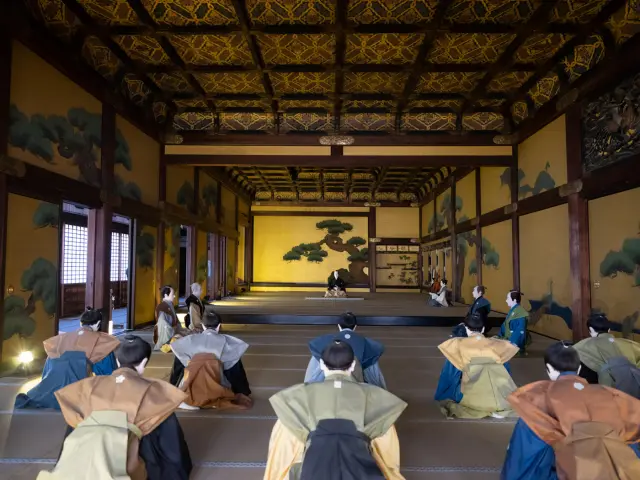
Castles of Tokugawa Ieyasu

